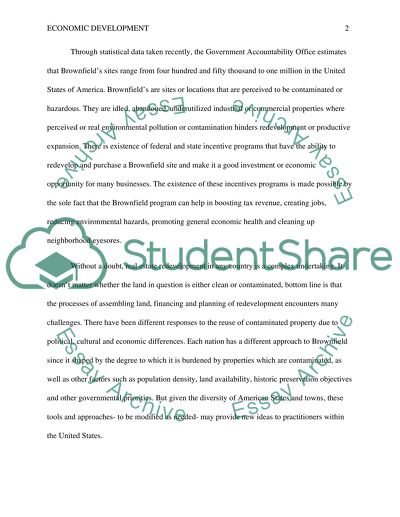Cite this document
(“Estate Redevelopment Program of Brownfield Site in US Essay”, n.d.)
Estate Redevelopment Program of Brownfield Site in US Essay. Retrieved from https://studentshare.org/macro-microeconomics/1443120-economic-development
Estate Redevelopment Program of Brownfield Site in US Essay. Retrieved from https://studentshare.org/macro-microeconomics/1443120-economic-development
(Estate Redevelopment Program of Brownfield Site in US Essay)
Estate Redevelopment Program of Brownfield Site in US Essay. https://studentshare.org/macro-microeconomics/1443120-economic-development.
Estate Redevelopment Program of Brownfield Site in US Essay. https://studentshare.org/macro-microeconomics/1443120-economic-development.
“Estate Redevelopment Program of Brownfield Site in US Essay”, n.d. https://studentshare.org/macro-microeconomics/1443120-economic-development.


